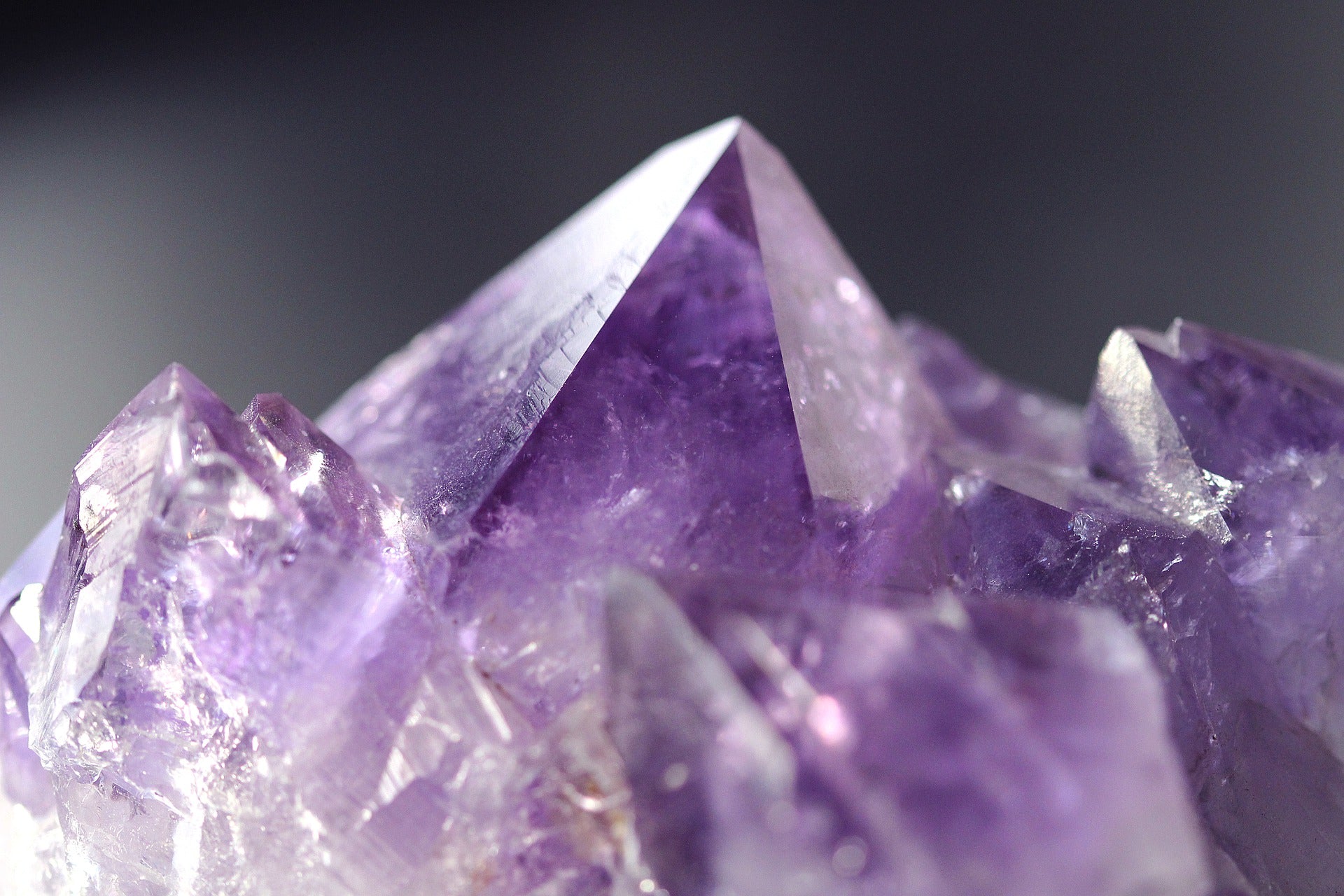
HEAT TREATMENT OF RUBY AND SAPPHIRE: It is better to know more
The heat treatment of ruby and sapphire (although this process is applied to many other gems), aims to improve the color of the stone, by removing secondary tints (such as blue), or by partially or totally removing inclusions made up of rutile needles, thus to improve its transparency. There are 2 types of heat treatment: low temperature treatment which is performed at temperatures between 550°C and 1300°C and treatment at high temperatures between 1400°C and 1800°C. This process has the advantage of being stable, which means that once performed, the appearance of the stone will remain unchanged forever.
The treatment at low or high temperatures is performed by heating the rough or partially cut gems placed in a crucible in a furnace for several hours until the desired result is obtained. When using high temperature heat treatment, a substance called flux is also added to the crucible, this material acts at high temperatures as a solvent for minerals and other inorganic substances. There are many types of fluxes including oxides, borates (widely used for rubies), silicates, molybdates, and fluorides or combinations of these. Fluxes are used solely to enhance the appearance of lower quality gems and serve many functions:
- slightly dissolve the surface giving a slightly smoother appearance;
- they fill fractures or cavities exposed to the surface, their refractive index being close to that of ruby and sapphire. In this way they reduce the visual impact of fractures or cavities;
-
they dissolve the inclusions or spots of color in the fractures placed on the surface, allowing a flux to chemically combine with the molten inclusions present on the surface of the gems.
Upon cooling, the flux solidifies and is deposited as a residue in the fractures in the form of glass, single crystal, polycrystal or a combination of these phases depending on the chemical, physical and cooling conditions. Identifying the type of flux used in heat treatment is by no means easy, as many of them are based on borax which is not detected by spectrographic instruments such as the X-ray spectrometer. Mineral inclusions exposed to the surface can melt and solidify into fractures with a flux-like appearance and, furthermore, these deposits can result from a mixture of flux and mineral inclusions. Given the wide range of flux compositions and inclusions that can melt and/or dissolve in a flux, the identification of these deposits is still challenging.
The introduction at the beginning of 1980 of effective heat treatment processes between low and high temperatures has allowed an enormous expansion of the trade of colored gems and in particular of sapphires and rubies, allowing to improve the extracted material which until then for their characteristics was unsaleable. Today about 95% of the corundum sold is heat treated so it can be said that the world trade of this type of gems is based on treated material, this allows a wider audience of people to be able to buy these beautiful gems at fairly affordable prices. Obviously, their value is based on the degree of treatment of the material, the more heat treatment residues are present in the gem the lower its value. Untreated gems, which represent 5% of the market, see their value increase from 50% to 300% depending on the quality and origin compared to the value of treated gems.
Up until the last quarter of the 20th century, heat treatment was judged not as a real treatment but as the completion of a natural process (heat treatment can also occur naturally underground) capable of releasing the innate quality of the gem, therefore the declaration of the treatment to the buyer was not considered necessary. Over the years, for greater consumer protection, more accurate scientific studies in the identification of the treatment and finally the need to separate the treated natural rubies and sapphires from the untreated natural ones, to which an increase in the price of sales, led to greater awareness in declaring the presence of the treatment. In the last 15 years the most important gemological certification institutes in the world (Gubelin, G.I.A. CISGEM, GIT and the SSEF) have issued guarantee certificates indicating whether the heat treatment is present and the quantity of its presence, according to a classification system indicated in the table below.







Leave a comment
This site is protected by hCaptcha and the hCaptcha Privacy Policy and Terms of Service apply.